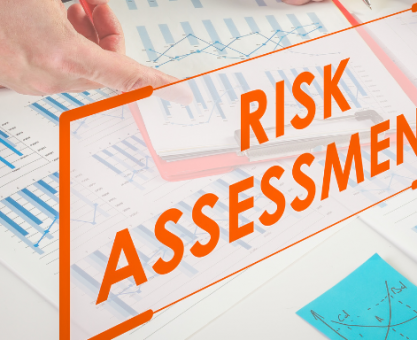Executive Summary
-
Blockchain technology offers a transformative approach to Know Your Customer (KYC) processes.
-
Financial institutions can leverage blockchain to enhance security, efficiency, and transparency.
-
Blockchain integration helps in reducing compliance costs and improving customer experience.
-
Challenges such as regulatory compliance and interoperability need strategic solutions.
-
Expert insights suggest blockchain adoption is crucial for future-ready financial entities.
Introduction
In the fast-paced world of finance, the demand for efficient and secure Know Your Customer (KYC) processes is more pressing than ever. As regulatory requirements become increasingly stringent, financial institutions are turning to innovative technologies to streamline operations and ensure compliance. One such technological breakthrough is blockchain. But how exactly can blockchain revolutionize KYC processes, and why should financial institutions care? This article explores the profound impact of blockchain on KYC, offering valuable insights for investors, founders, and corporates seeking to stay ahead in the competitive financial landscape.
Definitions / Context
Blockchain: A decentralized digital ledger that records transactions across multiple computers securely and immutably.
KYC (Know Your Customer): A process by which financial institutions verify the identity of their clients to prevent fraud, money laundering, and other illicit activities.
Blockchain‘s integration into KYC processes aims to enhance data security, streamline verifications, and foster trust among financial stakeholders.
Benefits / Pros
-
Enhanced Security: Blockchain’s immutable ledger ensures that data cannot be altered, providing robust protection against fraudulent activities.
-
Efficiency: Streamlines the KYC process by allowing instant verification and reducing redundant data entry.
-
Cost Reduction: Decreases compliance costs by minimizing manual interventions and errors.
-
Transparency: Offers transparent audit trails, making regulatory compliance more straightforward.
-
Improved Customer Experience: Faster processing times and reduced friction in customer onboarding.
Risks / Cons / Challenges
-
Regulatory Compliance: Navigating varying global regulations remains a complex challenge for blockchain adoption.
-
Interoperability Issues: Integrating blockchain with existing systems can be technically demanding.
-
Data Privacy Concerns: Balancing transparency with confidentiality requires careful management and encryption strategies.
Step-by-Step Process
Implementing Blockchain for KYC:
-
Assessment: Evaluate current KYC processes and identify pain points.
-
Blockchain Selection: Choose a suitable blockchain platform (e.g., Ethereum, Hyperledger).
-
Integration: Develop and integrate blockchain solutions with existing systems.
-
Testing: Conduct rigorous testing to ensure functionality and security.
-
Deployment: Roll out the solution with continuous monitoring and optimization.
A leading European bank implemented blockchain technology to overhaul their KYC process, resulting in a 40% reduction in processing time and a 30% decrease in compliance costs. This move improved customer satisfaction and positioned the bank as an industry innovator.
Expert Tips / Strategic Insights
-
Adopt Gradually: Start with pilot projects to understand blockchain‘s implications before full-scale adoption.
-
Stay Updated: Regularly monitor regulatory updates to ensure compliance.
-
Collaborate: Work with tech partners and industry peers to overcome interoperability challenges.
Tools / Resources / Calculators
-
Blockchain Platforms: Ethereum, Hyperledger
-
Compliance Tools: KYC Chain, IdentityMind
-
Resources: Consult reports from Deloitte, PwC on blockchain in finance.
Conclusion
Blockchain technology is set to revolutionize KYC processes in financial institutions by enhancing security, efficiency, and customer experience. Despite challenges like regulatory compliance and interoperability, the strategic adoption of blockchain can yield significant benefits. Financial institutions must embrace this innovation to remain competitive and compliant in the evolving financial landscape.


















